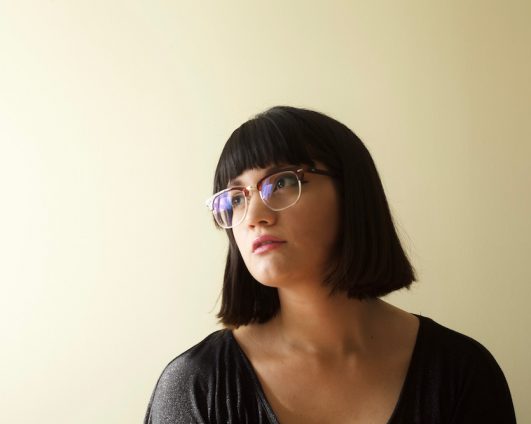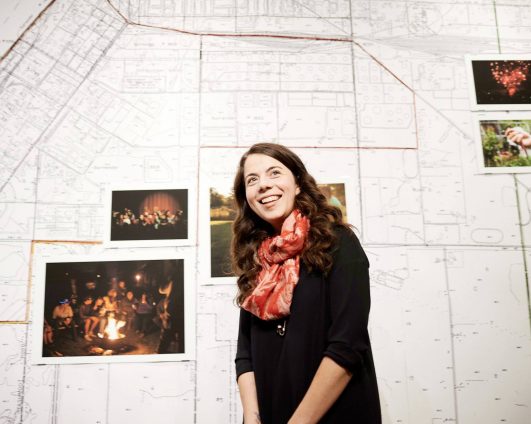Reflecting on Practice: Participation & Representation
Catalina Alarcón – Back Home: a VR experience for social inclusion
Laurence Butet-Roch – Virtual Aamjiwnaang: An indigenous interactive experience
Back Home: a VR experience for social inclusion
Vision and modern visual technologies have always been related to knowledge and power, from the
panopticon to anthropometric photography, mugshots, and surveillance cameras. The one who can see
has the power to control, measure, classify and objectify the other. This is particularly true in the prison
system, where inmates are constantly being watched and, at the same time, they are invisible to the
outside world. They cannot see and cannot be seen by the ones outside prison, becoming alienated from
their beloved ones and from society at large.
As a way to disrupt and intervene in this socio-political regime, we developed “Back home”, a
collaborative virtual reality experience that gives prison inmates a
chance to reconnect with their familiar places and people. During a four months filmmaking workshop
carried out this year in a women’s prison in Santiago, Chile, we created an intimate and respectful space
that allowed the inmates to tell their own stories. During this process, we started functioning as a bridge
between them and their families, sending and receiving their messages. At the end of the workshop, each
of their families recorded a 360 video that captured their daily lives and sent the inmates greetings of
affection and encouragement. From one of the inmate’s nephews riding his bike in her childhood
neighborhood, a mother showing what she cooked for lunch, a family chatting in the living room, each
video allowed the inmate to connect with their familiar places through the eyes of their beloved ones.
Even if it was for a fleeting moment, they stopped being the object of a gaze and regained their sight from
an intimate point of view.
Thanks to this experience, we could understand how VR can be part of an
inclusive process of social engagement. Currently, we are working in another Chilean prison and hope to
continue expanding this project. In order to open the experience to a broader public, we are developing
an interactive VR web documentary where the users can meet the different inmates and their stories. The
users will be invited to get involved by volunteering or donating from abroad, so we can replicate the VR
experience in other prisons.
Trailer: https://www.youtube.com/watch?v=z-8yWTh5k-Q
Social Media (Facebook, Instagram, Twitter): @volveracasaVR
Virtual Aamjiwnaang: An indigenous interactive experience
Aamjiwnaang First Nation is an Anishinabek community of 850 in Southern Ontario. The 3,100
acres territory is surrounded by 46 petrochemical plants, the densest concentration of such
industry in Canada. The area is called “Chemical Valley”. A visit to the community is the best
way to get a sense of what it feels like to live in a green lung amidst a toxic landscape.
BUT NOT EVERYONE CAN TRAVEL TO THE EDGE OF LAKE HURON.
Virtual Aamjiwnaang allows people to discover the First Nation no matter where they are and
understand what is at stake. In light of this year’s iDoc conference’s attention to questions of
inclusivity and intervention in documentary practice, I propose to share some of the lessons
learned from designing the initial prototype.


